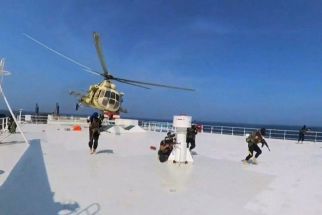EDITORIAL - Seismic resilience

As the death toll from Friday’s magnitude 6.8 earthquake in Sarangani rose to nine yesterday, Samar was shaken at past noon by a magnitude 5.2 earthquake. It was felt at Intensity V in the city of Borongan in Eastern Samar, and in Calbiga town and Catbalogan City in Samar.
In Region 12 or Soccsksargen, Friday’s quake knocked out power, destroyed dozens of houses and damaged several more, forcing residents to flee to evacuation centers. Nine national and provincial roads, four bridges and at least 16 schools were damaged in the region.
Fortunately, the region is not as densely populated as Metro Manila, where a magnitude 7.2 earthquake is considered the “Big One” that scientists have warned could unleash cataclysmic destruction and leave up to 34,000 people dead from building collapse and another 20,000 from ensuing fires. Seismologists have been warning that the National Capital Region is ripe for the Big One – a movement of the West Valley Fault that runs through the NCR from Bulacan and Rizal to parts of Laguna and Cavite.
There is still no technology to predict earthquakes in a timely and accurate manner. Powerful earthquakes can strike anywhere in the Philippines, which sits along the Pacific Ring of Fire of active volcanoes and faults. Metro Manila is not the only region vulnerable to a Big One, and disaster preparedness and mitigation cannot be limited to the NCR and other highly urbanized areas.
In Metro Manila, where the movement of the West Valley Fault has left cracks and giant fissures on the ground, interventions are being undertaken to boost the structural integrity of bridges. Regular earthquake drills are held in schools and offices. Some private property developers have also invested in architectural interventions that can give their buildings a degree of earthquake resiliency.
More can be done, however, in terms of preparedness for fires that are expected to break out in case the Big One strikes, and for widespread destruction of power, water and telecommunications networks. There could be serious disruption of food supplies, which are produced mostly outside Metro Manila, as well as medical services. Hospitals can be overwhelmed.
A comprehensive study released by the Japan International Cooperation Agency in 2014 stressed the need for “seismic resilience” in Philippine infrastructure. Since the JICA study was released, there have been repeated warnings about the dire consequences of failure to prepare for the Big One. The reminder can’t be given often enough.
- Latest
- Trending



























